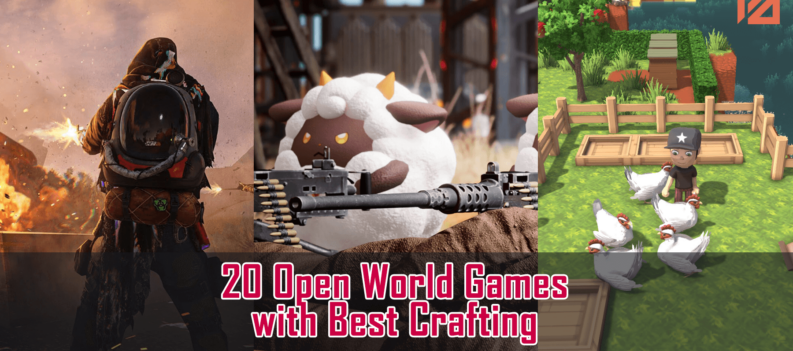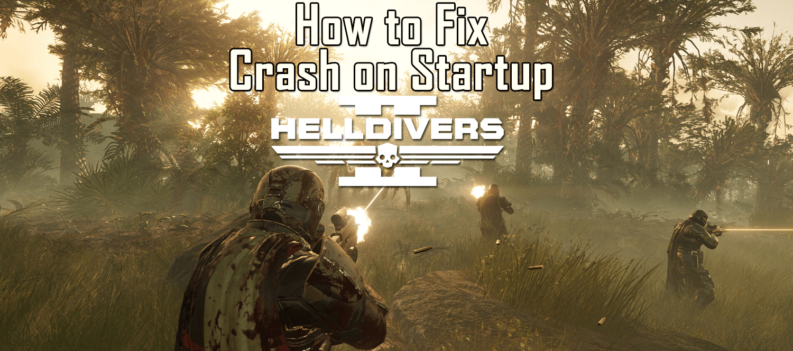In 1348, the black death reached France. This upheaval was blamed on heresy; the wrath of God made manifest. The Catholic church and its Inquisition scoured the disease-ravaged land, persecuting those they saw as instigating this dissent in faith. It is against this bleak backdrop of sickness and struggle that siblings Amicia and Hugo de Rune’s tale unfolds.
Hugo, stricken by a strange illness, lives a sheltered life, cared for by his mother. When orphaned, Amicia and her estranged brother must escape the pursuing Inquisition, outrun the plague’s scourge, and find a cure for the boy’s condition. A Plague Tale appropriates its historical context to great effect, seamlessly weaving its own deep world building and lore. Mystery surrounds Hugo’s purpose and how his affliction plays into both the source of the great plague and the Inquisition’s true agenda make for an intricate, intelligent and finely crafted narrative.
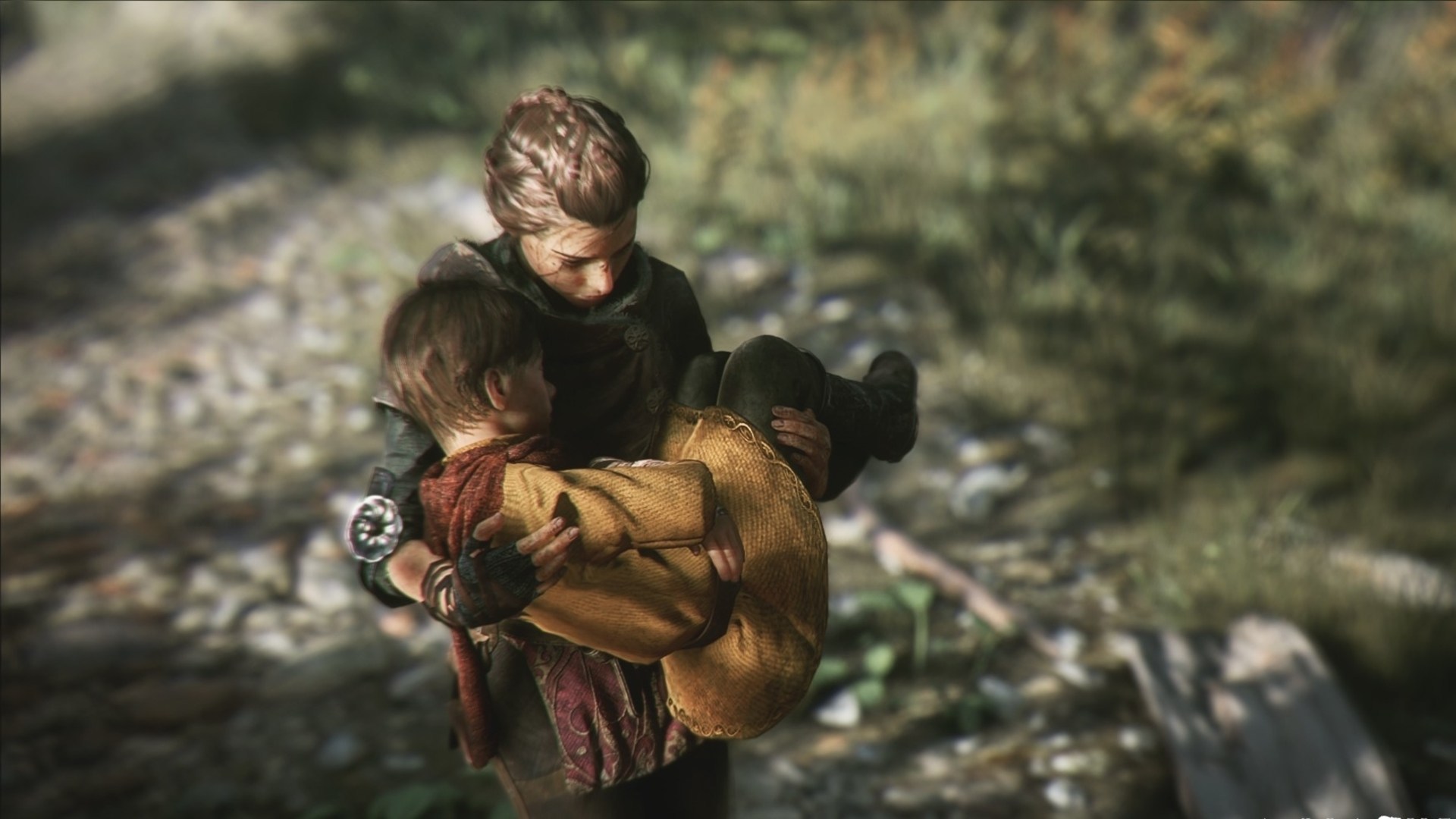
Excellently written and performed, Amicia and Hugo’s relationship provides the emotional core for this tale of hardship and hope. Taking notes from The Last of Us and God of War, the siblings grow together, gaining a new understanding of one another through the peaks and valleys of their 12-15 hour journey. For me, this translated into a deep emotional connection to the pair, amplifying the impact of each twist and turn. Equally, Hugo is never a burden and only works to enhance both plot and gameplay.
My investment in their plight was compounded by a superb supporting cast. The Palpatine-esque Grand Inquisitor Vitalis and his knight’s commander Nicholas are abhorrent antagonists while thief twins Melie and Arthur, Blacksmith’s son Rodric, and Alchemist Lucas each play a role in your adventure, whilst having their own distinct personalities and motives. While some inconsistent writing and patchy performances slightly hinder this tale, the quality, originality and pacing of the game’s storytelling is some of the finest I have experienced in gaming.

The game’s meticulous attention to detail, exemplified by its nuanced narrative, extends to almost every other one of its facets. Asobo Studio’s home-grown engine is impressive, bringing the dark beauty of the game’s stunning art design to life with gruesome detail. Its lighting system is particularly striking; a low sun draws beauty from the desolation, fire and fog drenches towns and battlefields in a dense atmosphere. A melancholic score furthers this oppressive atmosphere with taught strings humming and stabbing to heighten the suspense of stealth. Medieval instrumentation lends authenticity to this sound palette, enhancing the both intimacy and grandeur of the orphan’s adventure with delicate lutes and ominous organs.
Gameplay places the onus on outsmarting your enemy. Whether man or rat, distracting, diverting and avoiding foes remains your priority in each encounter. Providing you with one tool; a sling, combat and puzzles alike rely on creatively adapting and iterating on this singular device. Launching stones at metal objects pulls the attention of guards while a single strike to the head kills them. Varied ammo types allow new ways to handle situations. The metal melting Devorantis forces enemies to remove their helmets, exposing their soft, stone-able heads, while Somnum, a sedative, silently subdues guards and doubles as means of escape should you get caught.
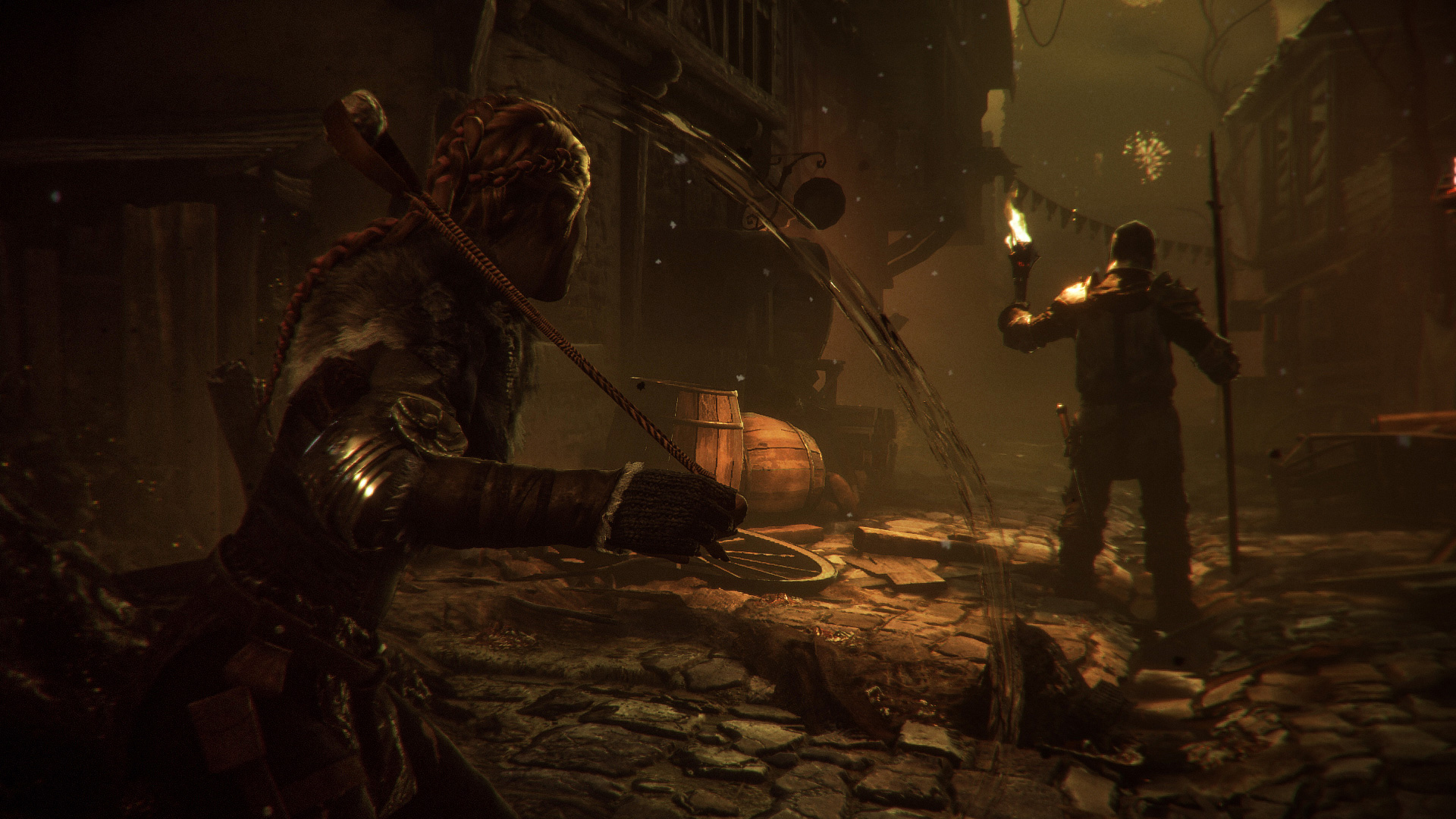
Detection often means death, further upping the tension of every confrontation, requiring clever planning and patience in order to succeed. While enemy AI can be a little basic, a well-balanced level of difficulty ensures success and failure primarily rest upon your actions. Additionally, frequent checkpoints help remove frustration from the occasional trial-and-error nature of both puzzles and stealth. The game does not punish failure, but rather relies on your investment in its protagonists to cultivate a strive to prevail.
While death surrounds her, each life Amicia takes is done with a heavy heart. Her first kill comes in a moment of panic; with Hugo under threat, it’s his life or theirs. A cold, hard thud and a spray of blood, followed by a scream of anguish and burst of tears. While the bloodthirsty townsfolk and barbarous zealots she faces are loathsome and intent on taking her life, taking theirs is still a troubling ordeal. Every kill is for survival and death is delivered with a conflicted, reluctant anger, fuelled by a need to protect her brother and a desire to avenge her parents. This reminder of the life’s worth and cost of taking it is refreshing in a medium so often desensitised to death.

Man is not your deadliest adversary, however. The titular plague proves the most fearsome threat; the writhing masses of red eyes and sharp teeth that flood every shadow acting as an omnipresent, unrelenting force, embodying calamity. Much like Days Gone’s freaker hordes, these swarms are imposing and the tech behind them is impressive, albeit occasionally buggy. In an original take on light/darkness mechanics, fire holds the key to keeping the rat infested gloom at bay. Lighting braziers and torches allows you to illuminate the way ahead, and each encounter with the horde becomes a tense puzzle of inching your way to safety, one light at a time. Much like combat and stealth, the game opts for minimalism in its puzzle mechanics, instead consistently iterating on its fundamentals in increasingly creative ways.
Having given you the means to prevail, the game lets you tackle most scenarios in a multitude of ways, encouraging creative approaches to gameplay. Some of the game’s most inventive design lies in its marriage of its core mechanics and the ways its disparate systems interact. Heavily armoured enemies wielding flaming maces are invulnerable to your sling and detection incurs a quick and bloody end. Yet douse the light of their weapon with a well-placed Extstinguis, and a mass of rats will engulf them, turning the hostile hordes into your allies, albeit or a fleeting moment. Strong level design pairs linearity, which works to naturally guide you forward, with more open areas, allowing for dynamic stealth and combat scenarios.
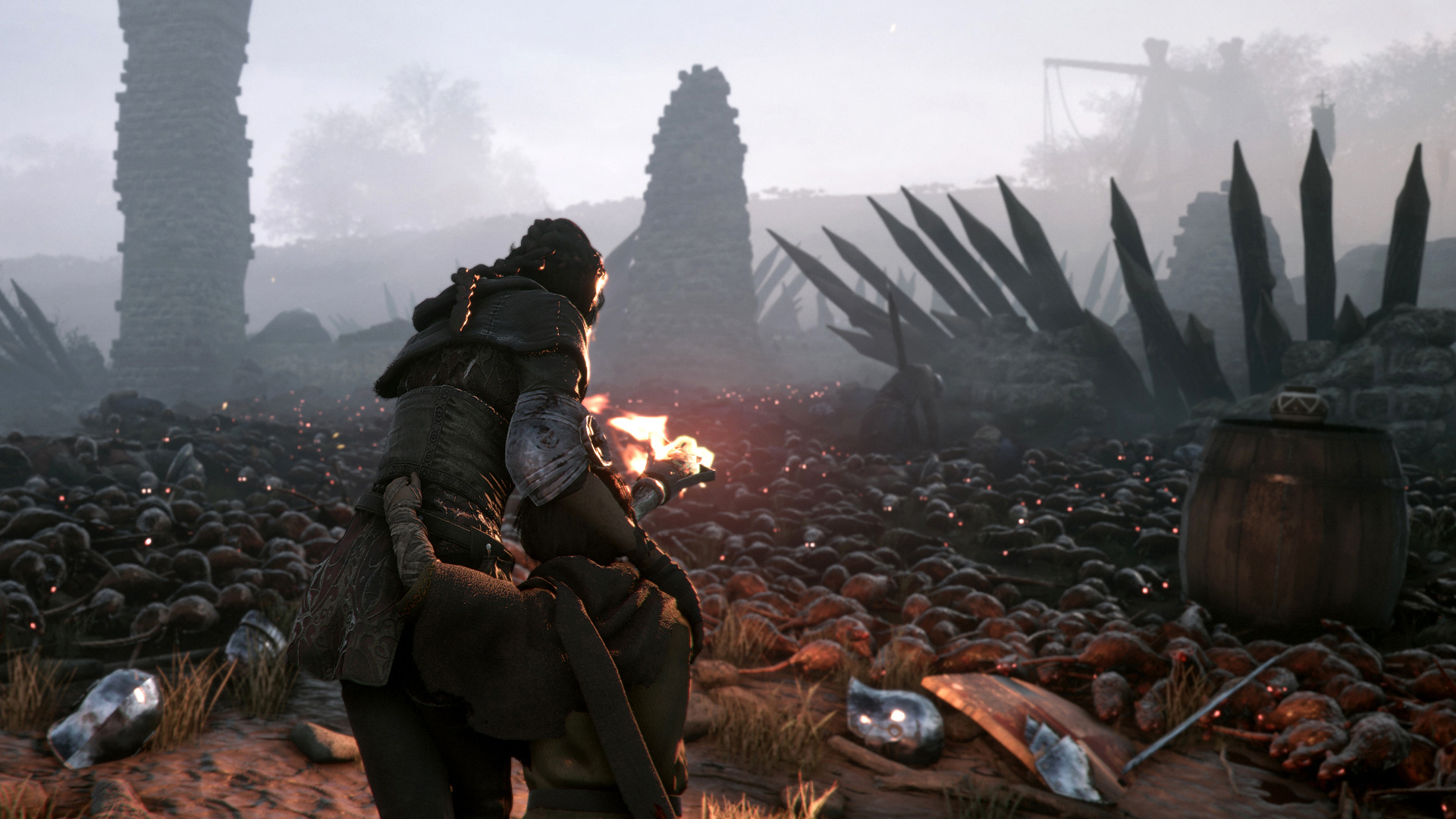
Plenty of hidden areas reward you with resources, lore-enhancing collectibles and poignant character moments. Working my way across a battlefield I encountered a soldier encircled in rats, screaming in desperation for someone save him from his grisly fate. I walked by, Amicia apologizing and explaining in a shaky voice that she had to look after Hugo. Burdened by my choice and haunted by his death rattle, I reloaded the checkpoint, instead lighting a hidden torch, allowing him to escape. Hugo commented on my kindness and a trophy popped. This consideration of the moral quandaries presented by a time of great unrest show a real attention to detail which greatly benefits the depth and tangibility of this world.
Hugo and fellow companions have their own abilities, further diversifying gameplay. The boy can squeeze through small gaps, opening up previously inaccessible paths, while Melie picks locks, opening doors and chest to reveal valuable loot, and Rodric knocks out armoured guards twice his size. A simple crafting system adds a feeling of progression to your abilities while satiating the modern compulsion for collecting resources. While upgrading your sling and carry capacity feels a little redundant, managing resources and frantically assembling ammo mid-combat helps up the tension. Elegant UI makes crafting and switching ammo types on the fly efficient, while a minimal HUD, and the option of an immersive mode, keeps the focus on the games arresting visuals and atmosphere.
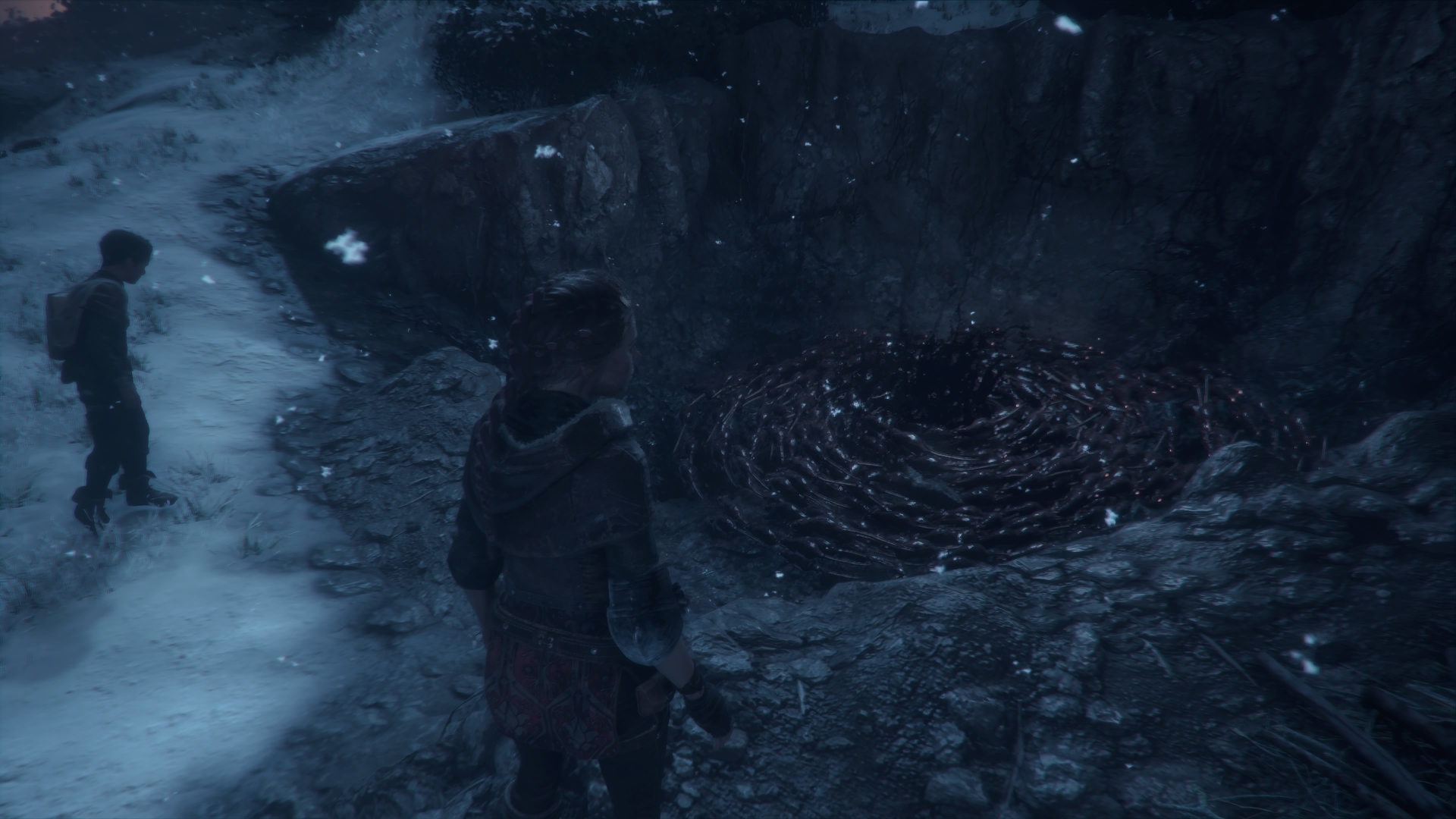
A Plague Tale: Innocence is an exceptional game. While the echoes of its influences are apparent; from The Witcher and Hellblade’s effect on its aesthetic and atmosphere to storytelling and gameplay reminiscent of God of War and Tomb Raider, Amicia and Hugo’s tale delivers a singular, wholly original vision. With a history of making racing games and Disney movie tie-ins, French developers Asobo Studio’s stark take on their country’s dark history is bold and brave. Emotive performances, grim, gorgeous art design and a haunting score bring this enthralling tale to life, while an impeccable design philosophy keeps gameplay consistently tense, compelling and rewarding.
A Plague Tale: Innocence
-
Overall - 9/109/10
Summary
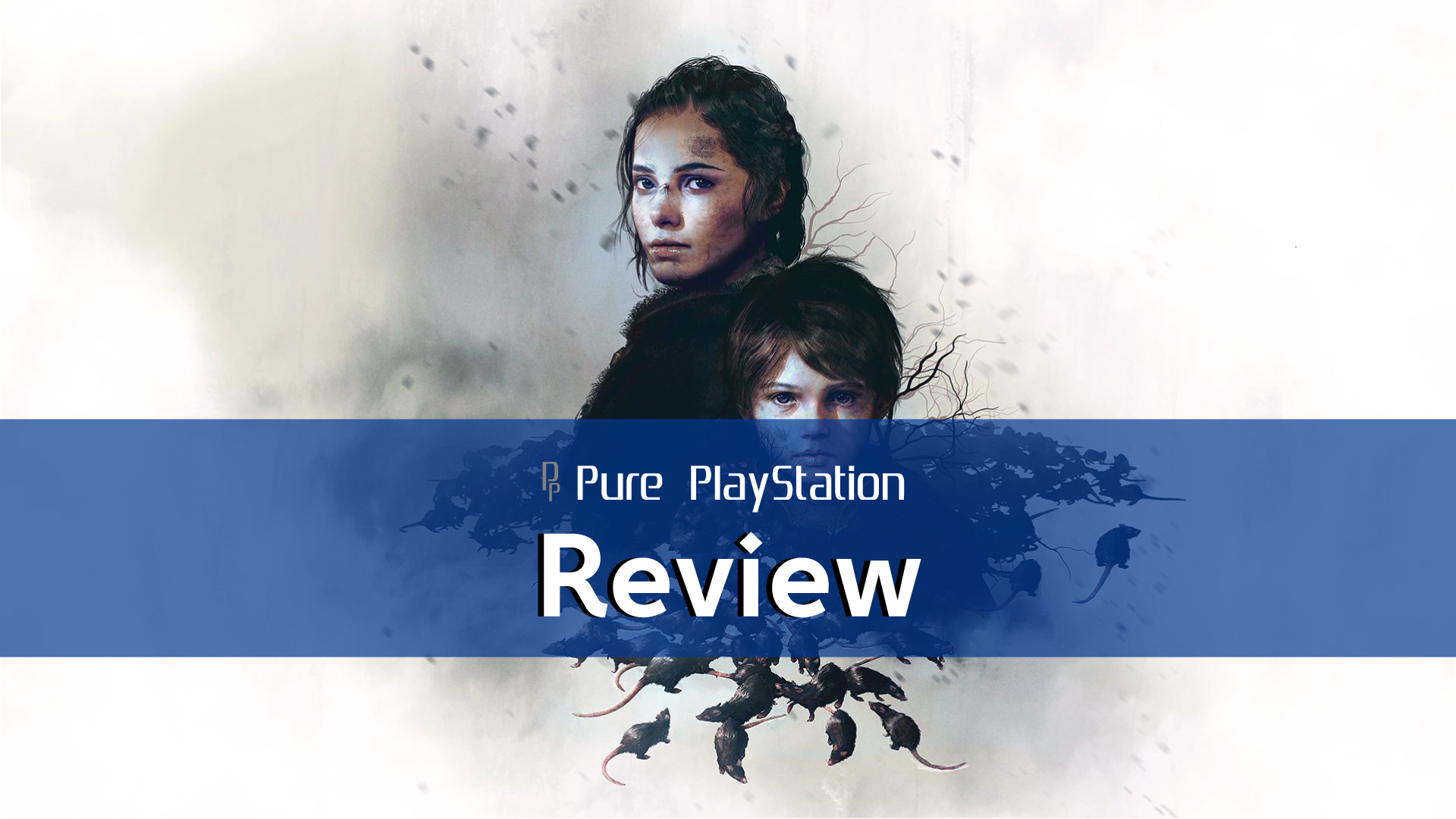
A Plague Tale: Innocence surpasses expectations with a compelling, affecting tale of family, desperation and hope in one of history’s darkest periods. A tense atmosphere, sublime art and audio design, and inventive gameplay make this an exceptional and essential experience.
Review Disclaimer: This review was carried out using a copy of the game provided by the publisher. For more information, please read our Review Policy.
Reviewed using PS4 Pro.



